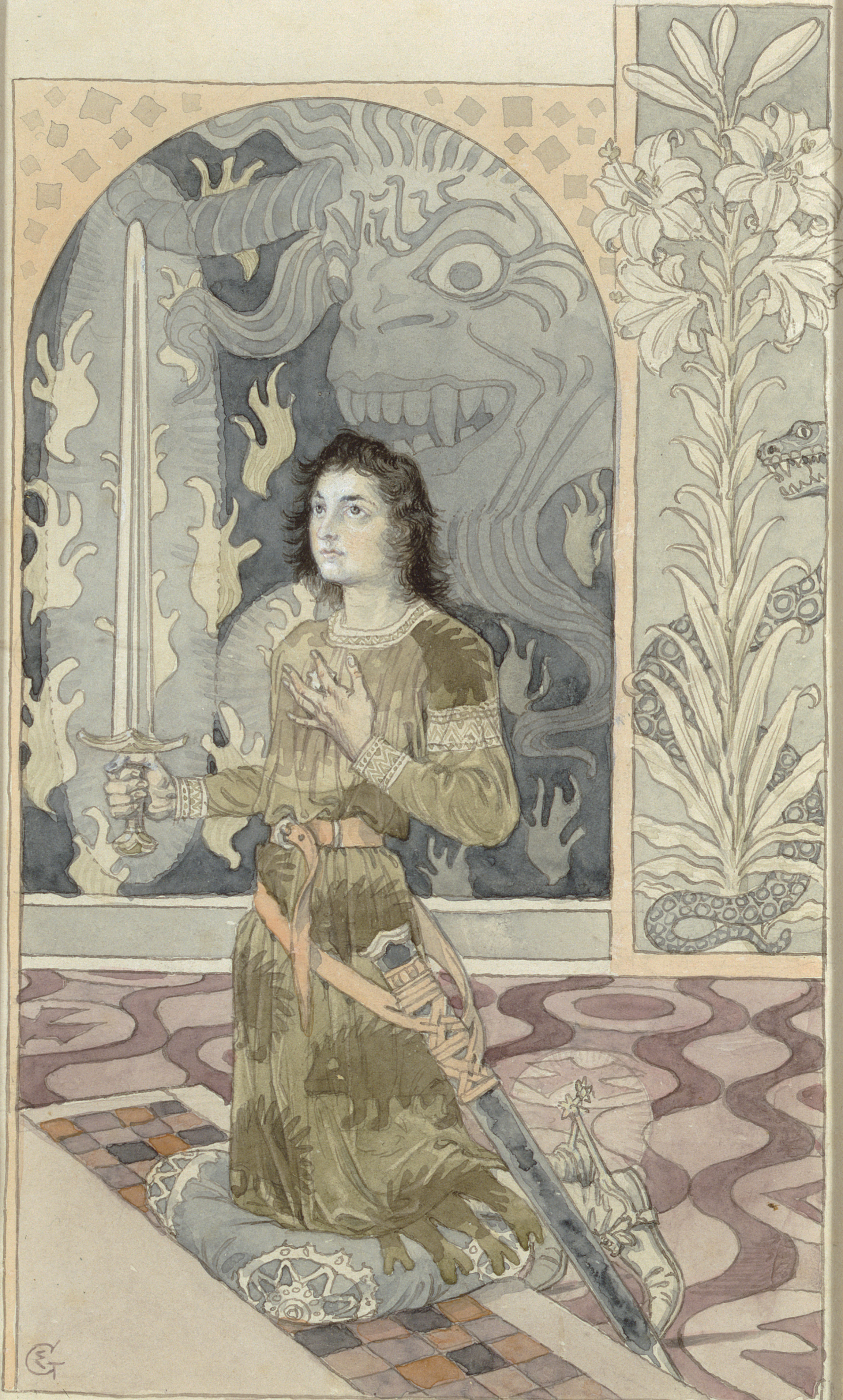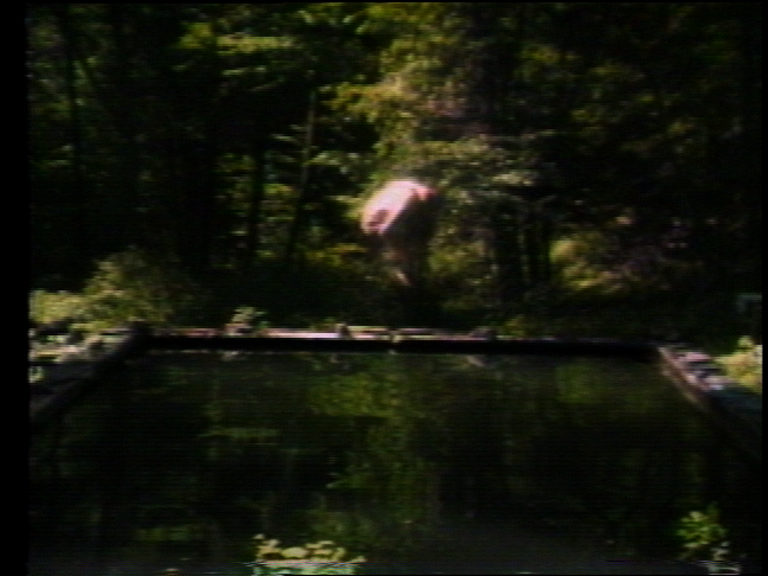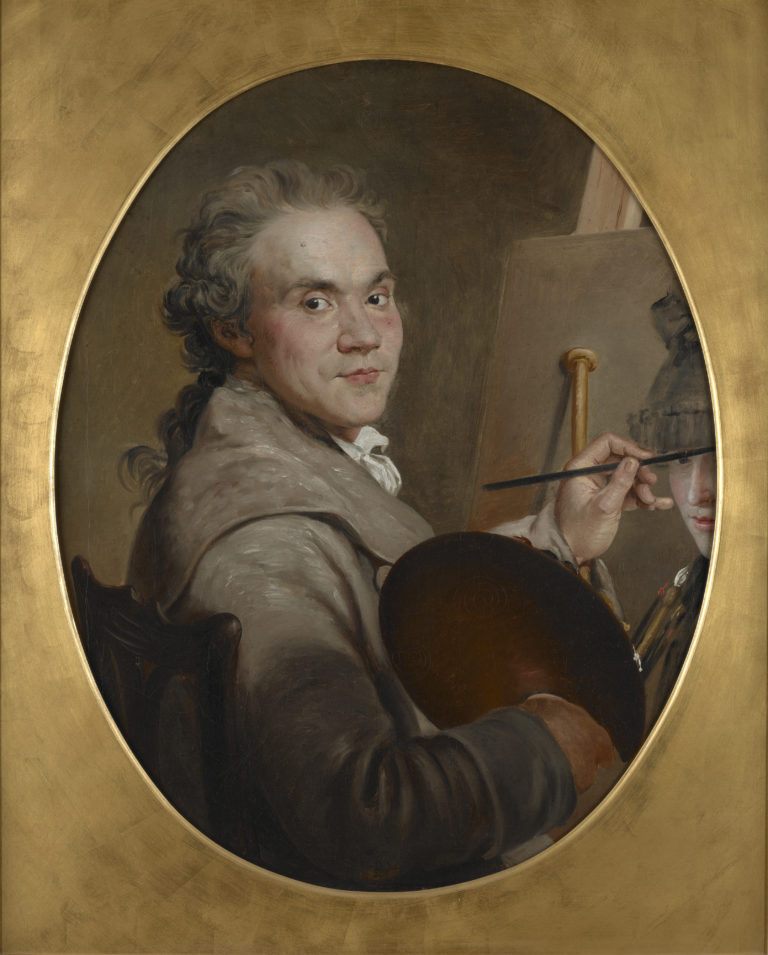Bibliography
Danielle Chaperon and Philippe Kaenel, «Eugène Grasset, l’enlumineur», in Catherine Lepdor (ed.), Eugène Grasset. L’art et l’ornement, exb. cat. Lausanne, Musée cantonal des Beaux-Arts, Milan, 5 Continents Editions, 2011: 27-37.
Anne Murray-Robertson, Grasset pionnier de l’Art nouveau, Lausanne, Éditions 24 heures, Lausanne, Bibliothèque des Arts, 1981: 128-155.


![Edgar Degas, Danseuse s’avançant, les bras levés, jambe droite en avant (deuxième étude) (Dancer Stepping Forward, her Arms Raised, Right Leg Forward [second study]), c. 1885–90](https://www.mcba.ch/wp-content/uploads/2019/07/58_DEGAS_A_num4000_nr-768x1182.jpg)

Eugène Grasset’s career in illustration took off in 1883 with the publication of Histoire des Quatre Fils Aymon, much admired by book collectors for its outstanding aesthetics. It was also unusually printed in chromotypography using a new relief printing process invented by Charles Gillot, which used photographic transfer. The new “industrial” technique revolutionised the press and book printing, dramatically lowering the cost of printing pictures. Grasset was a friend of Gillot’s and helped build his early success by providing numerous illustrations for newspapers such as Paris illustré, L’Illustration, and Harper’s Magazine, publishers including Quantin, Monnier, and Joanne, and sheet music publishers.
This watercolour is one of the original illustrations for Jean Richepin’s short story Saint Pleur, printed in Le Figaro illustré in December 1891. Grasset captures the moment of divine intervention when the young squire is dubbed Knight of Saint Pleur at the very last moment to catch hold of a pitcher containing the Holy Relic. The grimacing figure in the background is Messer Satanas, hoping to steal the pitcher: “At that very second, two spurs sprang […] from the squire’s heels; a sword blossomed like a gladiolus flower […] in his right hand; and in his left, held over his heart, the diamond pitcher came to perch like a bird aflame, cladding him in armour all of light”.
The Le Saint Pleur illustrations were strikingly imaginative, yet conscious of historical accuracy, inspired by the famous archaeologist and architectural historian Eugène Viollet-le-Duc. Grasset breathed life into a vast repertoire of medieval visual elements, such as geometrical ornamentation, mythological creatures, and stylised plants.